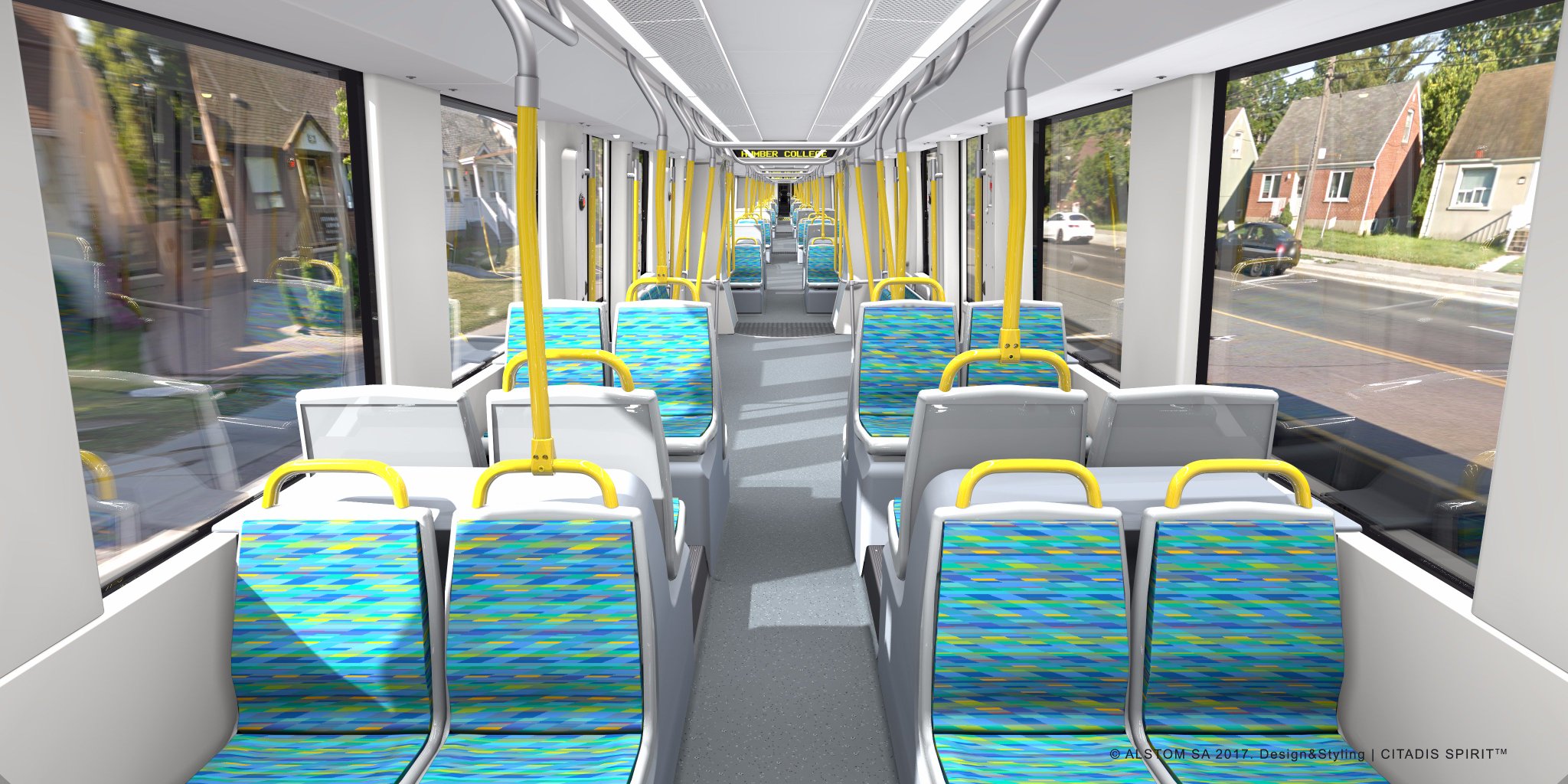Fritter
Active Member
Observe Danforth GO Station at times. There are some people who intend to board the Stouffville Train and end up on a Lakeshore East train, and visa-versa. I'm not labeling everyone as being inept, but it does happen.I’m not sure I understand how interlining creates confusion. It seems to work just fine in London and Sydney, both of which have clear displays telling riders where the next train is going. Or are we saying Torontonians are simply too stupid to be able to read a sign?





